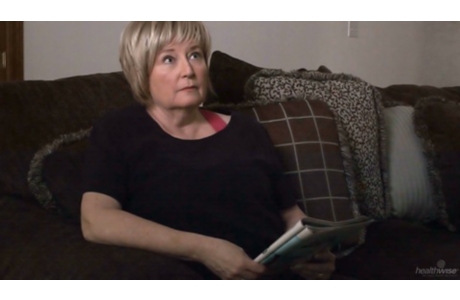breast-conserving surgery (lumpectomy) for breast cancer
surgery overview
breast-conserving surgery (lumpectomy) removes the cancer and just enough tissue to get all the cancer. the goal is to keep the breast looking as normal as possible after the surgery while reducing the chances of the cancer coming back.
the size and location of tumours differs from one person to another, so the amount of tissue removed during surgery also differs.
some of the lymph nodes under the arm may also be removed during breast-conserving surgery. this is done with a separate incision. if cancer is found in those lymph nodes, more lymph nodes may be removed.
most people who have breast-conserving surgery also have radiation therapy. you may also have chemotherapy, hormone therapy, or both.
what to expect
after your surgery, you will be taken to a recovery room. a nurse will be able to help with any nausea, pain, or anxiety you might have.
most people go home the day of the surgery. your doctor or nurse will give you instructions on pain control and caring for your incision. in most cases, you can take a shower on the day after surgery. if you like, you can wear a bra if it is comfortable. some doctors recommend wearing a bra day and night for a few days for support.
most people are able to get back to normal activity within a few days. but be sure to wait for your doctor to tell you when you can start with more strenuous physical activity. this will depend on the extent of the surgery and on other treatment you might be having.
if you are going to have radiation therapy, it won't start until your incision heals. this usually takes 4 to 6 weeks.
why it is done
breast-conserving surgery is done in early-stage breast cancer to remove the cancer and just enough tissue to make sure that all the cancer is removed.
learn more
how well it works
for early-stage breast cancer, breast-conserving surgery with radiation therapy has the same survival rate as mastectomy.footnote 1
risks
complications of breast-conserving surgery are unusual. but they may include infection, bleeding, poor wound healing, or a reaction to the anesthesia used in surgery. blood or clear fluid may also collect in the wound and need to be drained. you may have breast pain and feelings of pulling, pinching, tingling, or numbness.
compared to women who have a mastectomy, women who have breast-conserving surgery have a slightly higher chance of the cancer returning.
credits
current as of: october 25, 2023
author: healthwise staff
clinical review board
all healthwise education is reviewed by a team that includes physicians, nurses, advanced practitioners, registered dieticians, and other healthcare professionals.
current as of: october 25, 2023
author: healthwise staff
clinical review board
all healthwise education is reviewed by a team that includes physicians, nurses, advanced practitioners, registered dieticians, and other healthcare professionals.
fisher b, et al. (2002). twenty-year follow-up of a randomized trial comparing total mastectomy, lumpectomy, and lumpectomy plus irradiation for the treatment of invasive breast cancer. new england journal of medicine, 347(16): 1233–1241.



